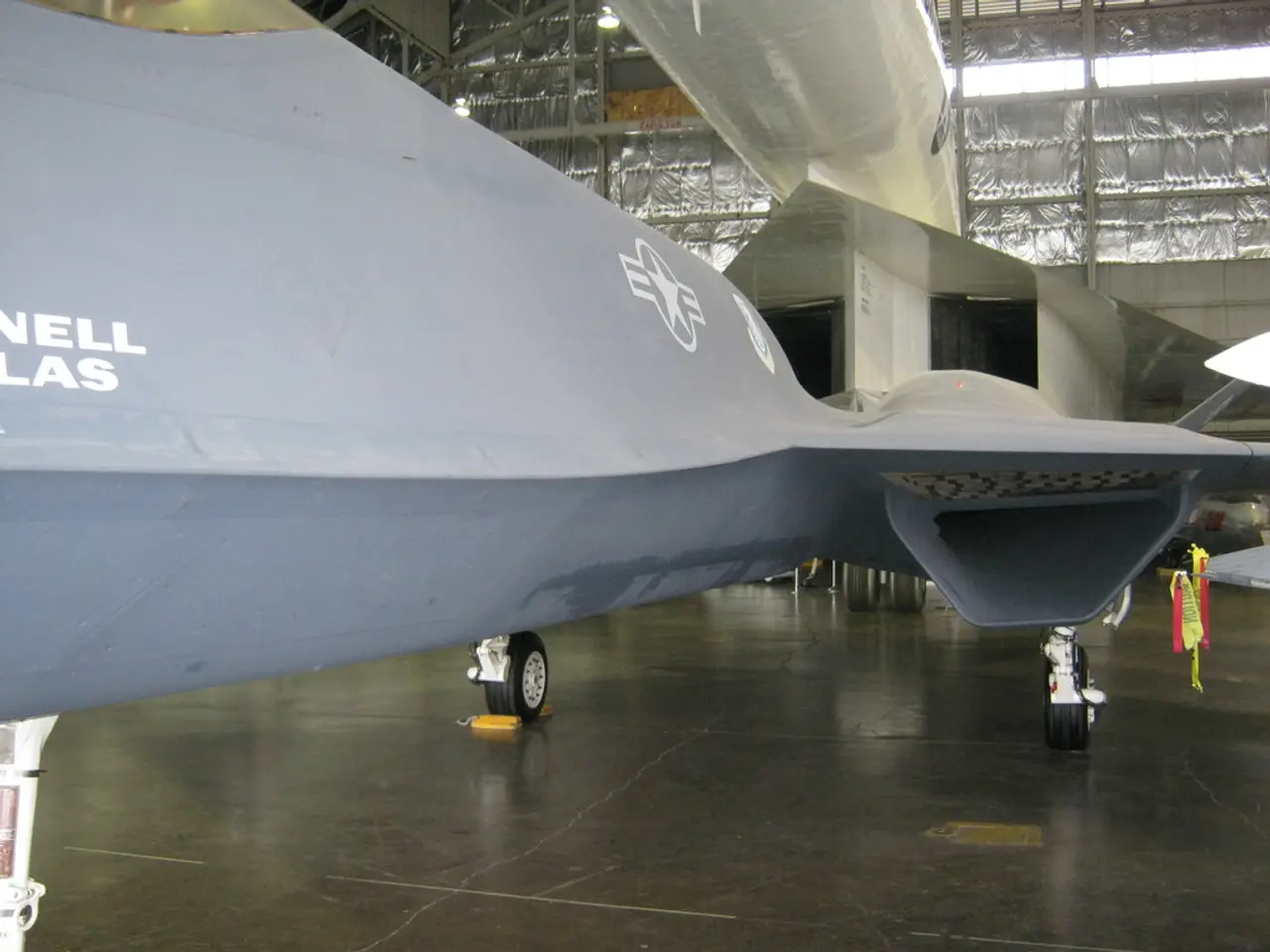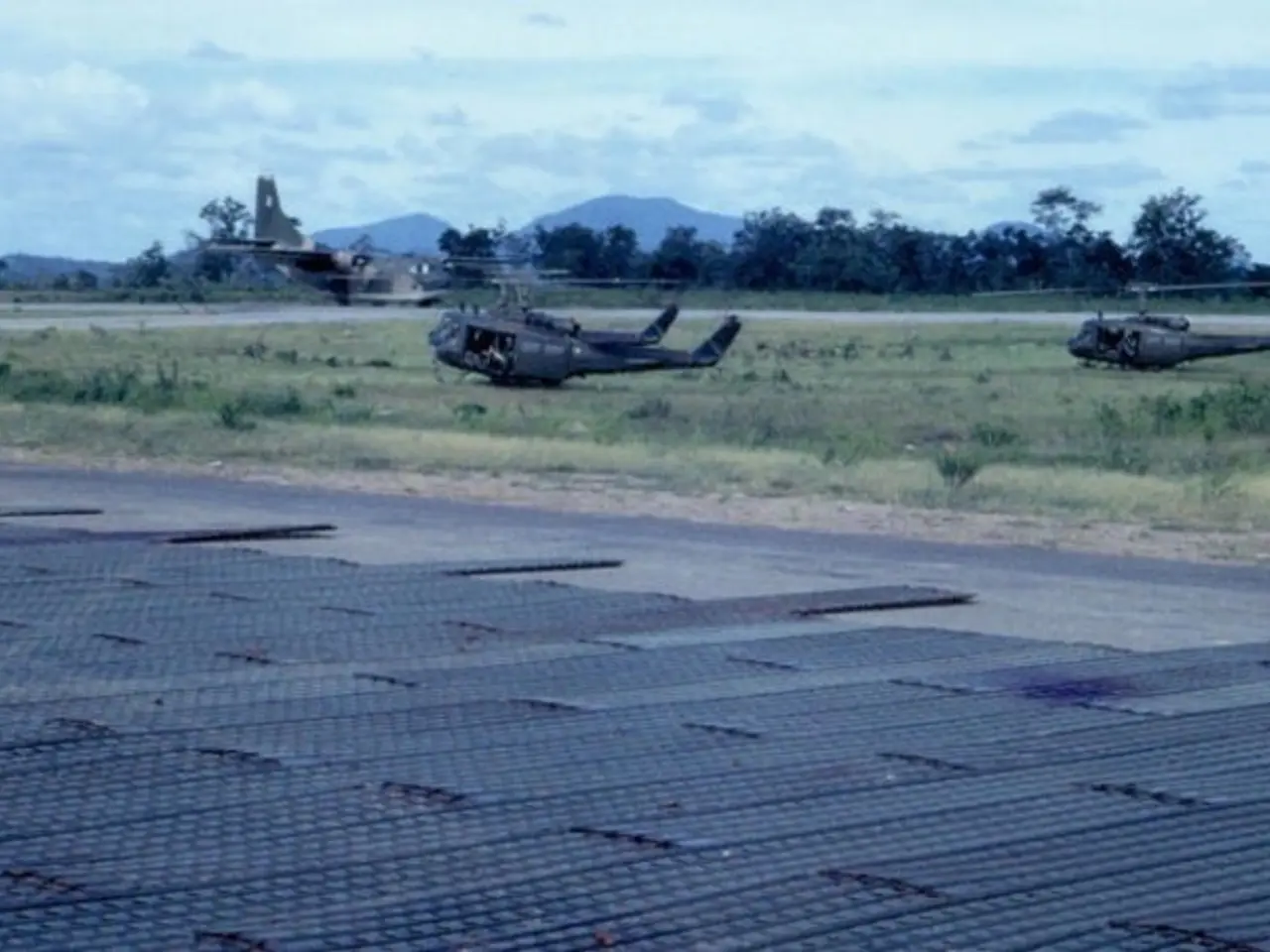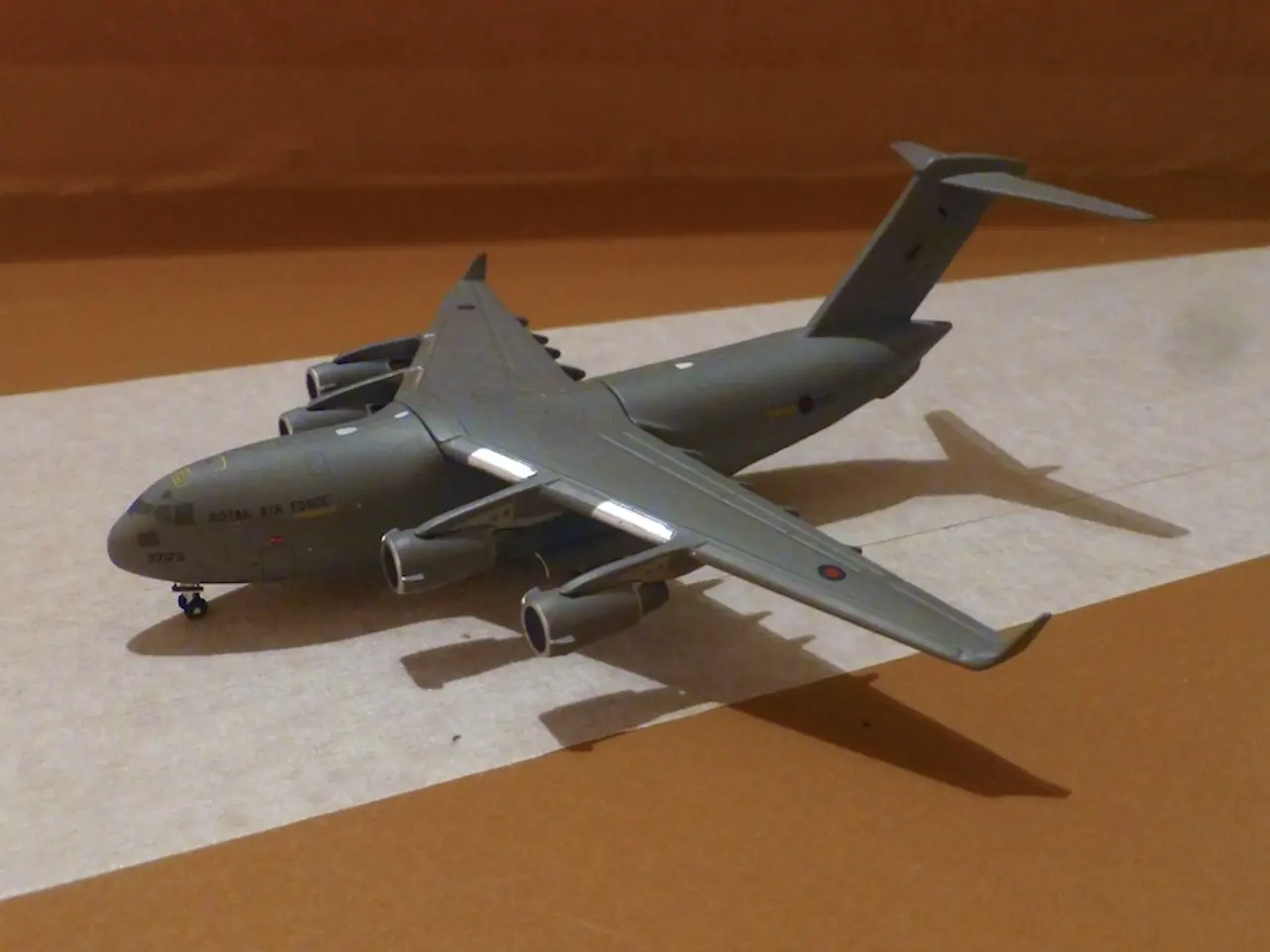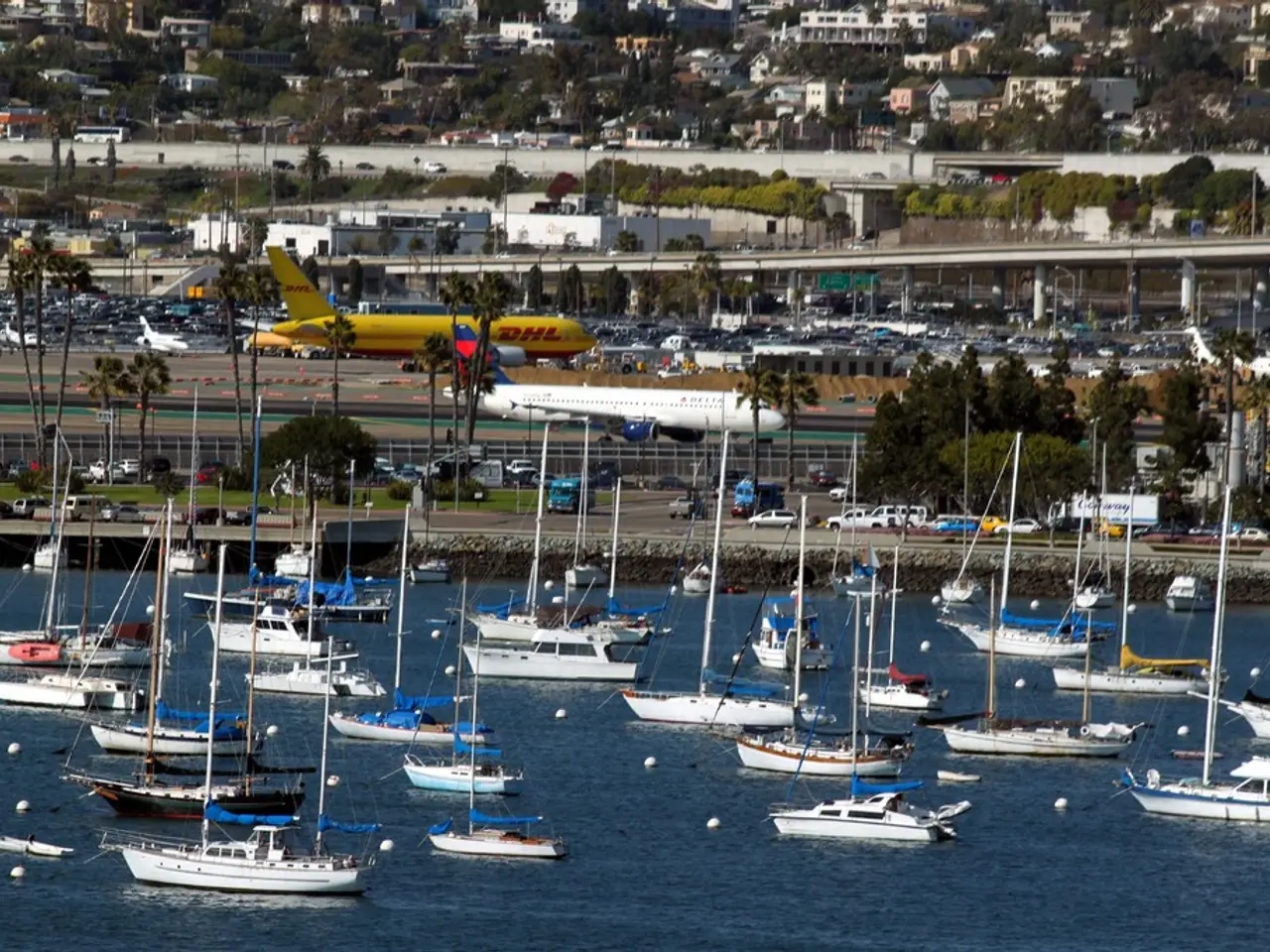Airlines Carrying Out Fuel Tank Inspections for Reasons Explained
Following the preliminary investigation into the June 12, 2025, Air India Boeing 787 crash, international aviation regulators and airlines are conducting precautionary checks on fuel control switches of Boeing aircraft. These checks aim to ensure the integrity and operation of the fuel control switches, despite official reassurances of safety from Boeing and the Federal Aviation Administration (FAA).
The fuel control switches on these aircraft have two main positions—RUN and CUTOFF. They are designed with guard brackets and a metal stop lock mechanism, requiring deliberate action to move them, to prevent accidental switching. However, the investigation focused on whether these switches could move unexpectedly or be inadvertently operated during flight, possibly causing engine shutdown.
Despite these concerns, Boeing and the FAA maintain that the fuel control switch design and locking mechanisms are safe. Boeing and the FAA have publicly defended the safety of the switches, citing their design and prior evaluations. Air India completed its inspections on its Boeing 787 and 737 fleets, reporting no issues with the locking mechanisms so far.
The 2018 FAA advisory recommended operators of several Boeing models, including the 787, to inspect the locking features of fuel cutoff switches to prevent accidental movement. However, this was non-mandatory. The FAA's notice, issued in response to the preliminary investigation into the July 4 crash of Air India Flight 171, stated that the fuel control switch design, including the locking feature, is similar on various Boeing airplane models. However, it does not consider this issue to be an unsafe condition requiring an Airworthiness Directive on any Boeing airplane models, including the Model 787.
In response, Etihad Airways issued an internal directive to its Boeing 787 pilots last week, instructing them to exercise caution when handling the fuel control switches. South Korea is preparing to issue a similar directive instructing its domestic airlines to inspect the fuel control switches on Boeing jets. India's Directorate General of Civil Aviation (DGCA) ordered all Indian carriers operating Boeing 787 and 737 aircraft to inspect the locking mechanisms on fuel switches, with a deadline of July 21 to complete fleet-wide inspections.
Several international aviation regulators and airlines have launched these precautionary checks despite the FAA and Boeing's stance. The goal is to ensure no latent defect or operational hazard remains undiscovered after this tragic event.
References:
- The New York Times
- BBC News
- Reuters
- CNN Business
Airline news and industry reports have highlighted precautionary checks on fuel control switches in Boeing aircraft, due to recent concerns in the aviation industry about their potential to move unexpectedly during flight. Finance experts are monitoring the situation closely, as these checks could potentially impact the broader transportation sector, particularly the American aviation industry relying heavily on Boeing.








